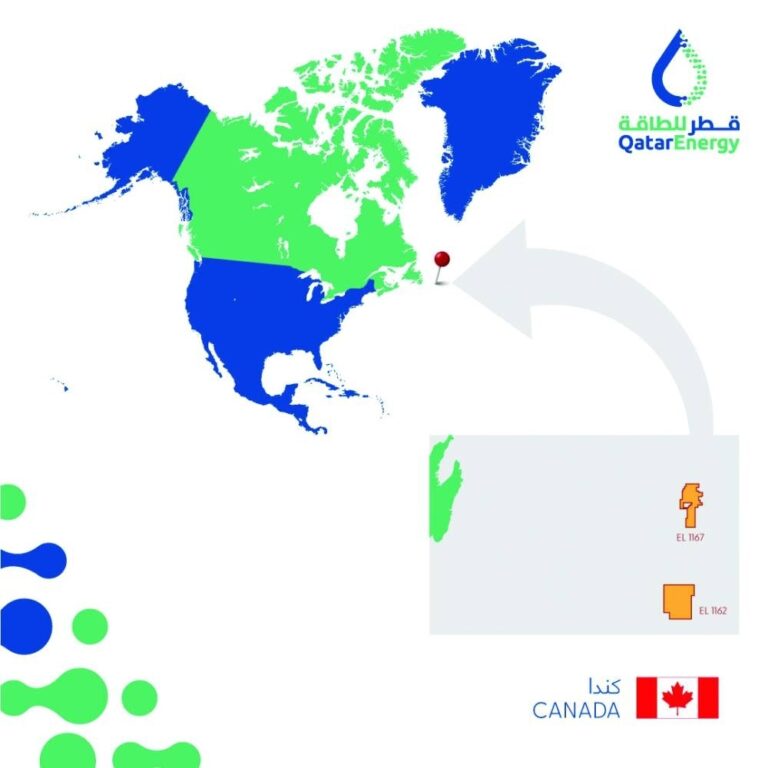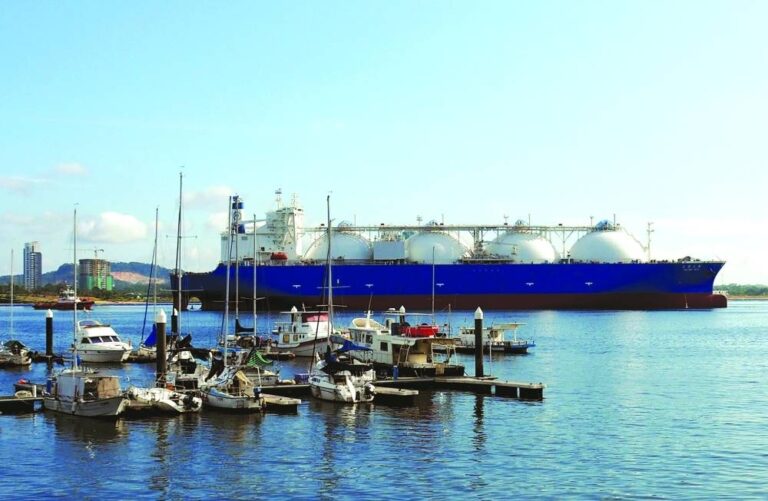The High Cost of Carbon Pricing

Amid the growing enthusiasm for carbon border taxes, Western policymakers have largely ignored the negative impact on the world’s poorest countries. For carbon-pricing policies to succeed, developed countries must show their commitment to shared prosperity by enabling knowledge-sharing and fostering equitable climate finance.
NEW DELHI – Carbon pricing is all the rage these days, at least in the developed world. But while global leaders and experts – most of them from rich countries – increasingly embrace the idea of putting the “right price” on carbon, the concept remains vague and ill-defined. Worse, its growing acceptance and increasingly protectionist bent may have the perverse effect of impeding efforts to decarbonize the global economy.
The idea of carbon pricing seems like a no-brainer. Meeting even the least ambitious climate goals requires decarbonizing developed and developing economies alike. Changing the relative prices of carbon-intensive activities would encourage investors to finance renewable sources of energy and the technological innovation needed to achieve net-zero emissions.
Fossil fuels account for most of the world’s greenhouse-gas emissions, so hydrocarbons seem like a good place to start. But how? Should policymakers consider the relative price of fossil fuels, or production based on consuming them?
The two most commonly discussed forms of carbon pricing – cap-and-trade schemes and carbon taxes – are based on the carbon intensity of production. A cap-and-trade system is designed to limit greenhouse-gas emissions by dividing the total target amount into allowances that can be traded among high and low emitters. While this supposedly establishes a market price for carbon dioxide emissions, it does not consider their negative social and environmental externalities. A carbon tax, by contrast, sets a price on carbon by taxing emissions-heavy activities.
But these two models reflect a very narrow (and possibly even distorted) view of how carbon should be priced into the economic system. A 2017 report by the High-Level Commission on Carbon Prices, chaired by Joseph E. Stiglitz and Nicholas Stern, provided a much more nuanced analysis. In addition to cap-and-trade and carbon taxes, the report recommended reducing or eliminating fossil-fuel subsidies and creating new financial incentives for low-carbon projects; offsetting the negative distributional impact of carbon pricing by using the proceeds to finance policies to protect poor and vulnerable populations; and complementary policies, such as investment in public transport and renewable power. Perhaps most important, the authors noted, countries must be able to choose instruments that fit their specific circumstances, resources, and needs.
Amid the growing enthusiasm for carbon pricing and border adjustment measures, policymakers and experts have largely ignored these points. The European Union’s Carbon Border Adjustment Mechanism is a case in point. When the CBAM takes effect in October, it will impose a tax on carbon-intensive imports in order to “put a fair price on the carbon emitted during the production of carbon-intensive goods that are entering the EU” and to “encourage cleaner industrial production in non-EU countries” (emphasis added).
The CBAM will initially apply to imports of cement, iron and steel, aluminum, fertilizers, electricity, and hydrogen. At first, firms will simply have to report the (direct and indirect) emissions embedded in the goods they import. But, beginning in 2026, the EU will impose tariffs on these emissions based on the weekly average auction price of cap-and-trade allowances.
The stated purpose of this measure is to eliminate so-called “carbon leakage” and ensure that the EU’s climate efforts are not undermined by production moving to countries with lower emission standards. Effectively, it protects European firms from competitors in such countries.
By taxing imports to the EU, the CBAM imposes on exporters in other countries the nearly impossible task of measuring emissions. Most developing countries (and many developed ones) lack granular data on firm-specific emissions, not to mention the ability to track the emissions of all the inputs used. Even if such data were available, the costs of collecting and analyzing it over time would be enormous. As the United Nations Conference on Trade and Development noted in 2021, the CBAM attempts “to impose on developing countries the environmental standards that developed countries are choosing.”
The EU wants to be viewed as a global leader on climate change, but it is difficult to see the CBAM as anything but a protectionist device. While the CBAM purports to encourage countries outside the bloc to reduce emissions by imposing their own carbon taxes, the EU has done nothing to help exporting countries attract new green investment or gain access to new technologies. In fact, it has persistently reneged on its (paltry) promises on climate finance and the commitments European leaders made as part of the 1992 Rio Agreement, restricting access to green technologies controlled by EU-based companies.
For decades, advanced economies have exported their emissions to developing countries by offshoring carbon-intensive production and then importing those goods. Now that greener technologies are available to (and largely controlled by) Western companies, developed countries promote reshoring without sharing knowledge or finance, thereby undermining low- and middle-income countries’ economic prospects and ability to achieve a green transition.
In February, Republican US Senator Bill Cassidy said he would unveil an emissions tariff bill in the coming months, following similar proposals by Senate Democrats. Meanwhile, lawmakers on both sides of the Atlantic have done little to limit fossil-fuel production and trade – by far the biggest sources of CO2 emissions. The CBAM does not cover trade in fossil fuels, and neither would the proposed tariffs in the United States. If decarbonization is the real goal, rather than protecting domestic industries, then regulation and reducing direct and indirect fossil-fuel subsidies are far more promising policies.
For carbon pricing to succeed, developed countries must demonstrate their commitment to shared prosperity by enabling knowledge-sharing and fostering equitable climate finance. If they continue to focus on border taxes on goods produced (mostly) in developing countries, their carbon-pricing efforts will fail. Worse, they will exacerbate global inequality and reinforce the perception that all their lofty rhetoric about the need for international cooperation to fight climate change is merely a fig leaf for cynical and self-serving policies.








